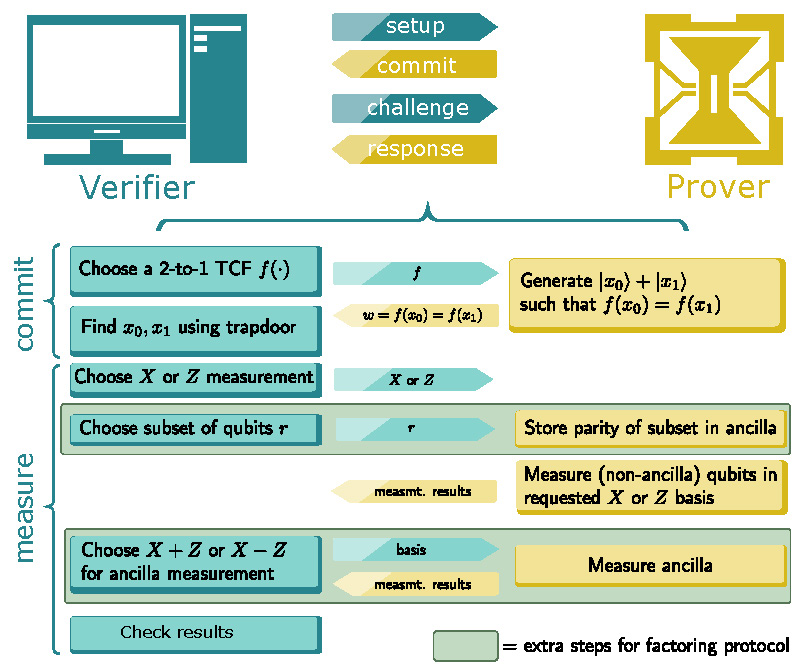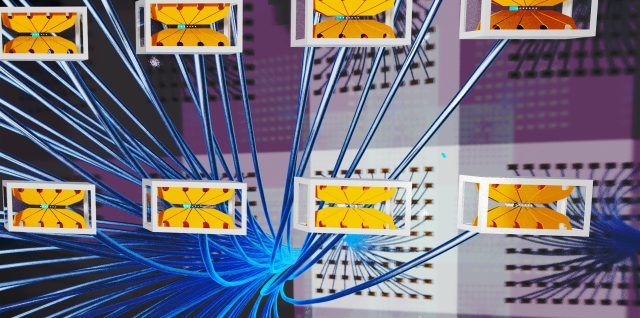 In a pair of forward-looking articles, Christopher Monroe, Jungsang Kim, and Kenneth Brown layout the only known method for scaling quantum computers based on demonstrated science and technology. The proposed architecture is based on trapped atomic ion qubits, highlighting the need for “co-design” of applications to the machine and modularity.
In a pair of forward-looking articles, Christopher Monroe, Jungsang Kim, and Kenneth Brown layout the only known method for scaling quantum computers based on demonstrated science and technology. The proposed architecture is based on trapped atomic ion qubits, highlighting the need for “co-design” of applications to the machine and modularity.
The cover portrays a photograph of a surface trap that was fabricated by Sandia National Labs and used to trap ions at the Duke Quantum Center and IonQ, among other laboratories.
- “Scaling the Ion Trap Quantum Processor,” C. Monroe and J. Kim, Science 339, 1164 (2013).
- “Co-designing a Scalable Quantum Computer with Trapped Atomic Ions,” K. R. Brown, J. Kim, and C. Monroe, Nature Quantum Information 2, 16034 (2016).
- See also, “Quantum Connections and the Modular Quantum Computer,” C. Monroe, R. J. Schoelkopf, and M. D. Lukin, Scientific American, p. 50 (May, 2016)
- Video animation of trapped ion quantum computer concept















